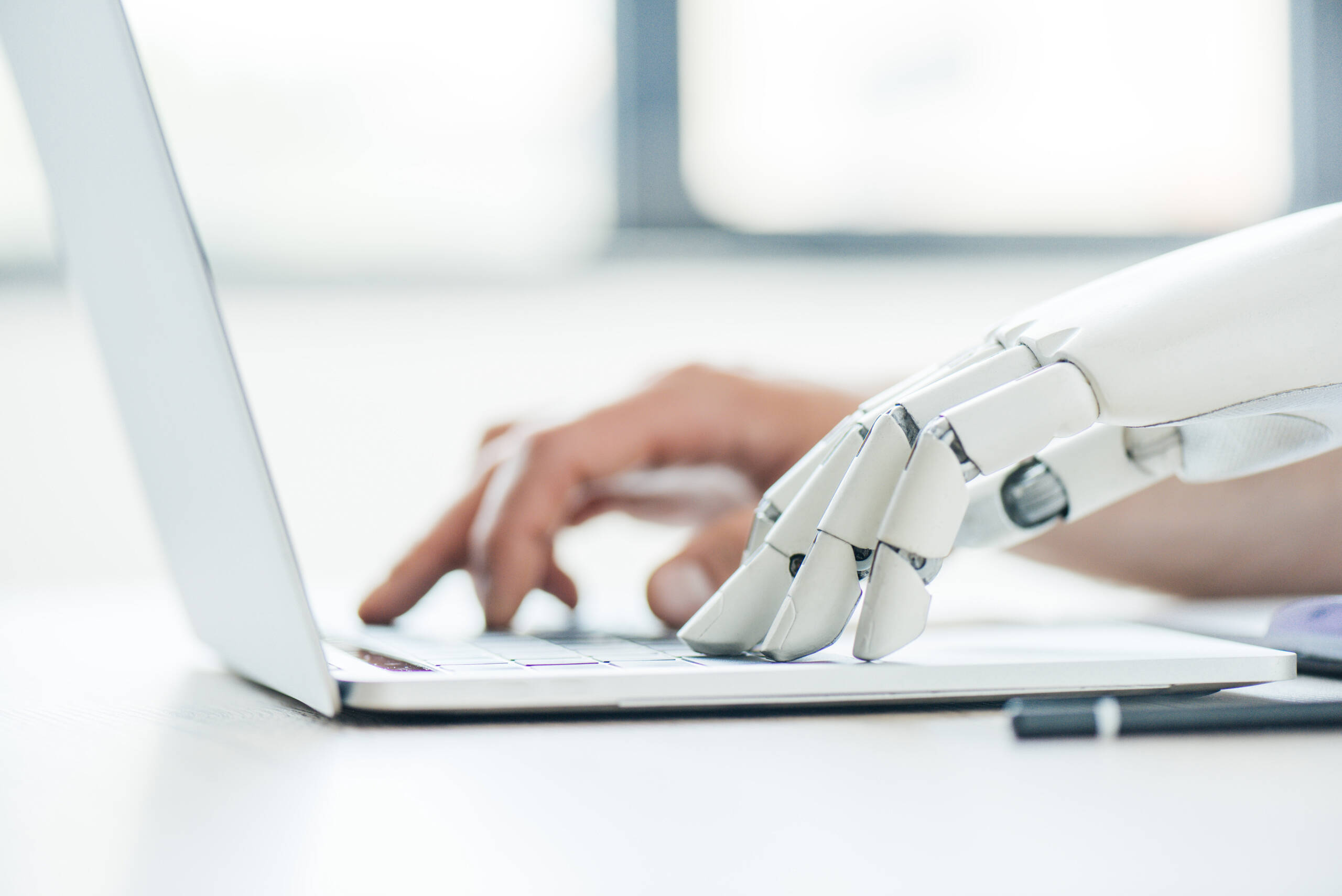User experience (UX) design, the art of creating seamless and meaningful interactions between users and digital interfaces, has undergone a remarkable transformation over the years. The ever-changing technological landscape and evolving user expectations continue to push the boundaries of UX design. As we embark on a new era, it becomes imperative to foresee the emerging UX design trends that will not only shape the future but also redefine the way we interact with digital platforms.
In this blog, we’ll delve into the anticipated trends and predictions, fortified with real-world examples that spotlight the potential impact on user experiences.
Augmented Reality (AR) Integration:
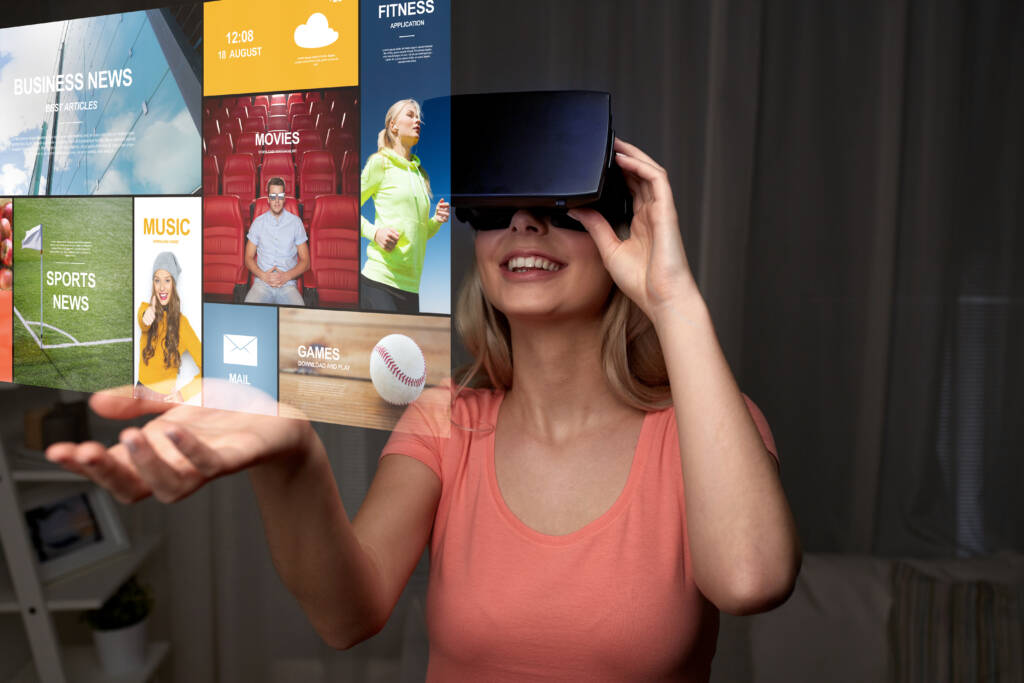
Augmented reality (AR) integration represents a transformative shift in UX design, offering users a dynamic blend of digital and real-world experiences. By overlaying virtual information onto physical environments, AR enhances user engagement and functionality across various applications.
For instance, IKEA Place empowers users to visualize furniture in their homes before purchase, revolutionizing the traditional shopping experience. This integration not only facilitates informed decision-making but also fosters a deeper connection between users and products through immersive interactions.
Furthermore, AR integration opens new avenues for creativity and innovation in UX design. From interactive marketing campaigns to educational tools, AR expands the possibilities of user interaction beyond traditional interfaces. As technology continues to advance, AR’s potential to seamlessly integrate digital elements into everyday life is bound to reshape the way users interact with content and services, driving UX design towards more immersive and experiential territories.
Voice User Interface (VUI):

Voice user interface (VUI) represents a paradigm shift in UX design, catering to the growing demand for seamless and intuitive interactions. With the proliferation of virtual assistants like Siri and Alexa, users expect natural and responsive voice interactions across various platforms and devices. Integrating VUI into UX design not only enhances accessibility for users with disabilities but also streamlines tasks and facilitates hands-free interaction.
Moreover, VUI opens up new opportunities for designing personalized and context-aware experiences. By leveraging natural language processing and AI, designers can create tailored interactions that anticipate user needs and preferences. As VUI continues to evolve, it has the potential to redefine the way users interact with technology, shifting towards more conversational and intuitive interfaces that prioritize user convenience and efficiency.
Dark Mode for Accessibility:
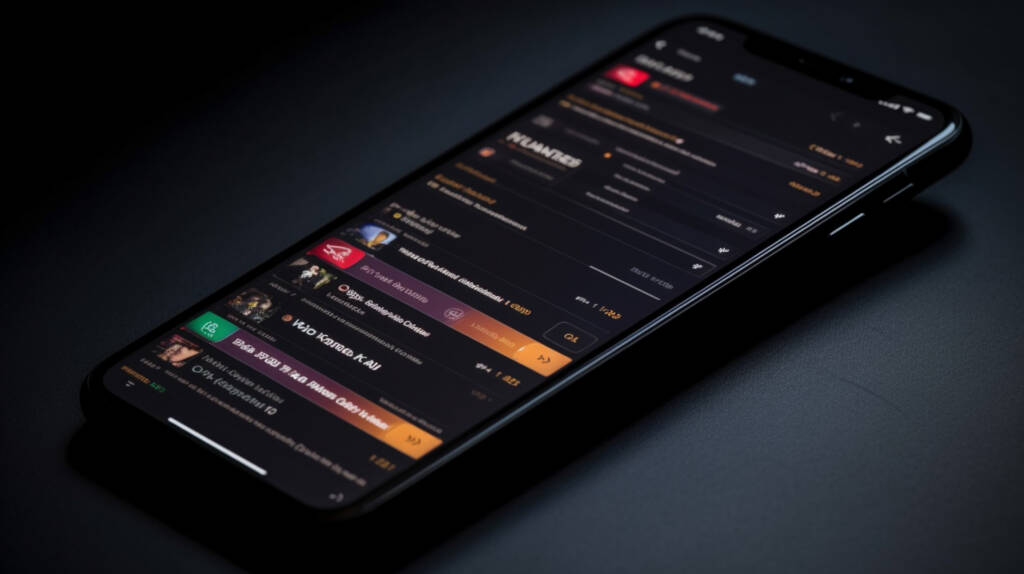
Dark mode has evolved from a design trend to a fundamental feature that enhances accessibility and user experience. By reducing eye strain, particularly in low-light environments, dark mode improves readability and usability for a wide range of users. Platforms like Twitter have embraced dark mode not only for its aesthetic appeal but also as a means of accommodating user preferences and promoting inclusivity.
As the demand for accessible design grows, dark mode has become a staple in UX design, highlighting the importance of prioritizing user comfort and convenience.
Microinteractions:
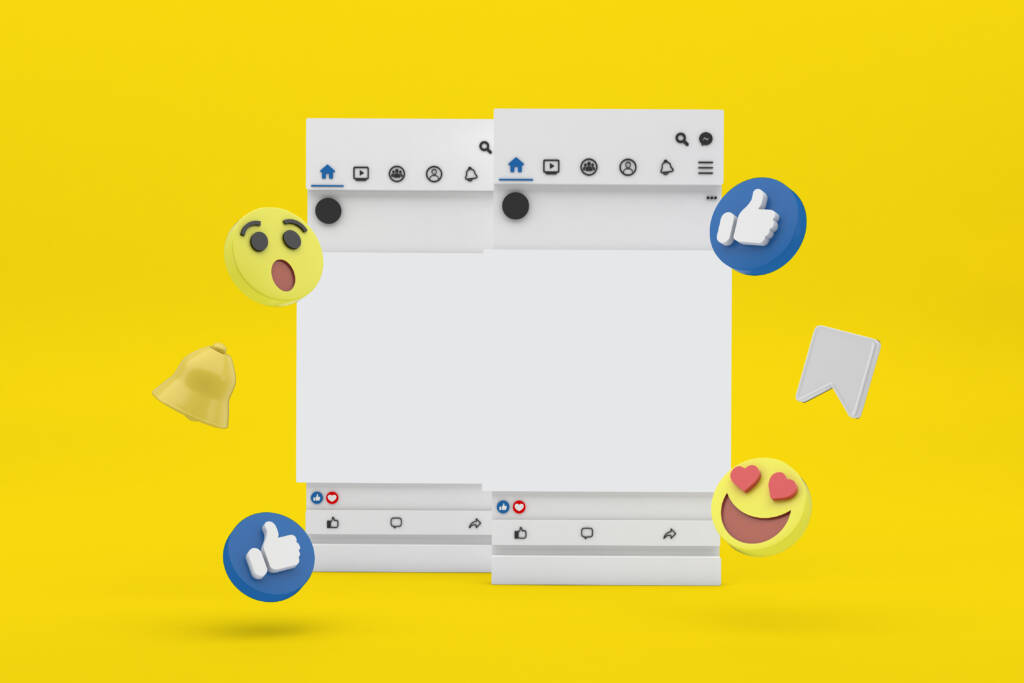
Microinteractions are subtle yet impactful design elements that contribute to a seamless and engaging user experience. By providing feedback and guidance, microinteractions enhance usability and intuitiveness, guiding users through various interactions and processes. LinkedIn’s ‘Connection Request’ animation is a testament to the power of microinteractions in enriching user interactions and fostering engagement.
As UX design continues to emphasize the importance of user-centricity, microinteractions play a vital role in creating memorable and delightful experiences that prioritize user satisfaction and retention.
Personalization through AI:
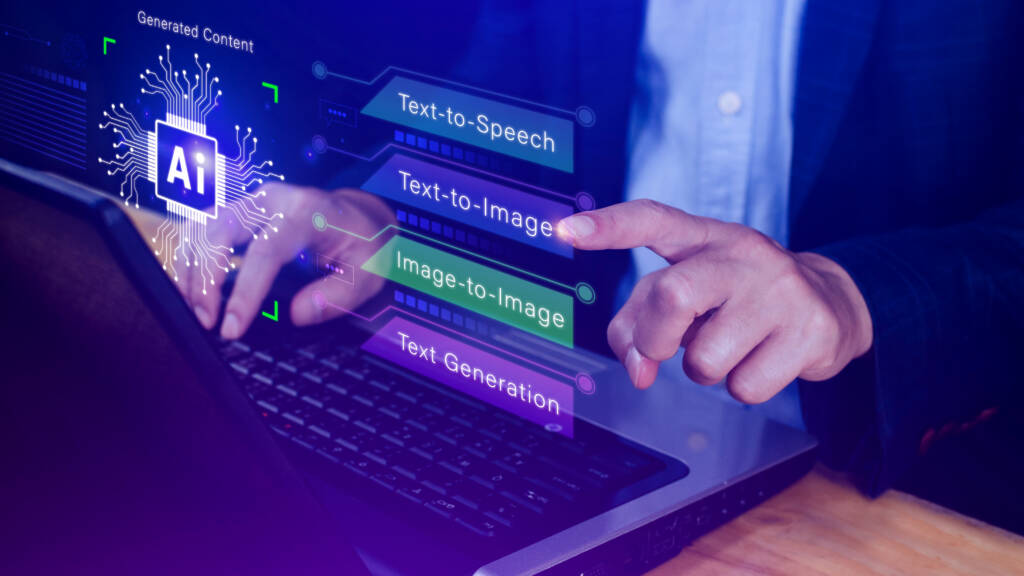
Artificial intelligence (AI) is revolutionizing personalization in UX design, enabling platforms to analyze user data and behavior to deliver tailored experiences. From recommendation algorithms to dynamic content customization, AI-driven personalization enhances user engagement and satisfaction by catering to individual preferences and interests.
Platforms like Netflix leverage AI to curate personalized content recommendations, demonstrating the potential of AI in creating immersive and personalized user experiences. As AI technologies continue to advance, the future of UX design lies in harnessing the power of AI to create adaptive and intuitive interfaces that anticipate and meet user needs effectively.
Gesture-Based Navigation:
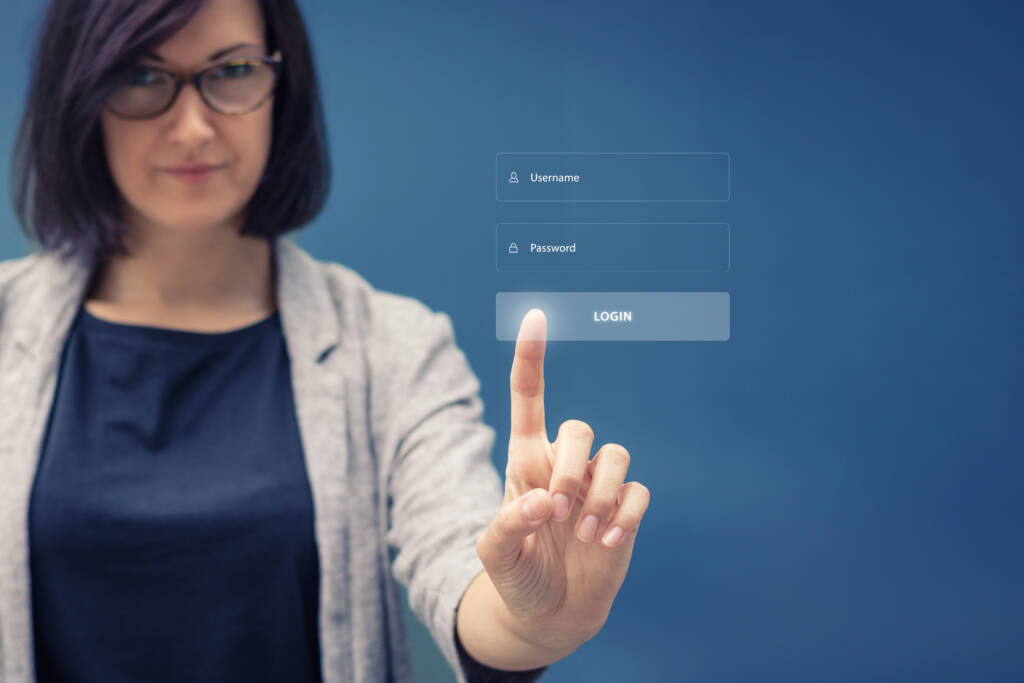
As touchscreen interfaces become ubiquitous, gesture-based navigation offers a more natural and intuitive way for users to interact with digital devices. By replacing traditional button-based interactions with gestures, platforms like Apple’s iPhone simplify navigation and streamline user interactions, reducing clutter and enhancing usability.
Gesture-based navigation not only aligns with users’ natural behaviors but also promotes a more immersive and engaging user experience. As UX design evolves, gesture-based navigation is expected to play a significant role in shaping the future of interface design, offering users more fluid and intuitive interactions across various devices and platforms.
Neumorphism:
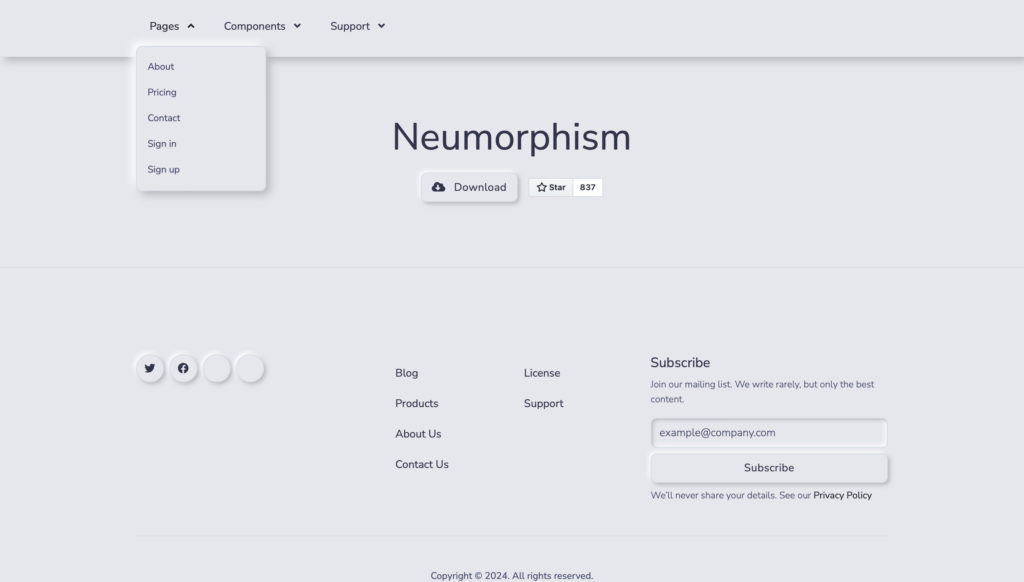
Neumorphism represents a fusion of skeuomorphic and flat design elements, creating visually appealing and tactile interfaces that prioritize simplicity and realism. By incorporating soft shadows and highlights, neumorphic design adds depth and dimensionality to flat interfaces, enhancing visual aesthetics without sacrificing usability.
Adobe’s Fresco app showcases the potential of neumorphism in creating immersive and user-friendly interfaces that resonate with modern design trends. As UX design continues to evolve, neumorphism offers a fresh and innovative approach to interface design, bridging the gap between realism and minimalism to create engaging and intuitive user experiences.
Inclusive Design:
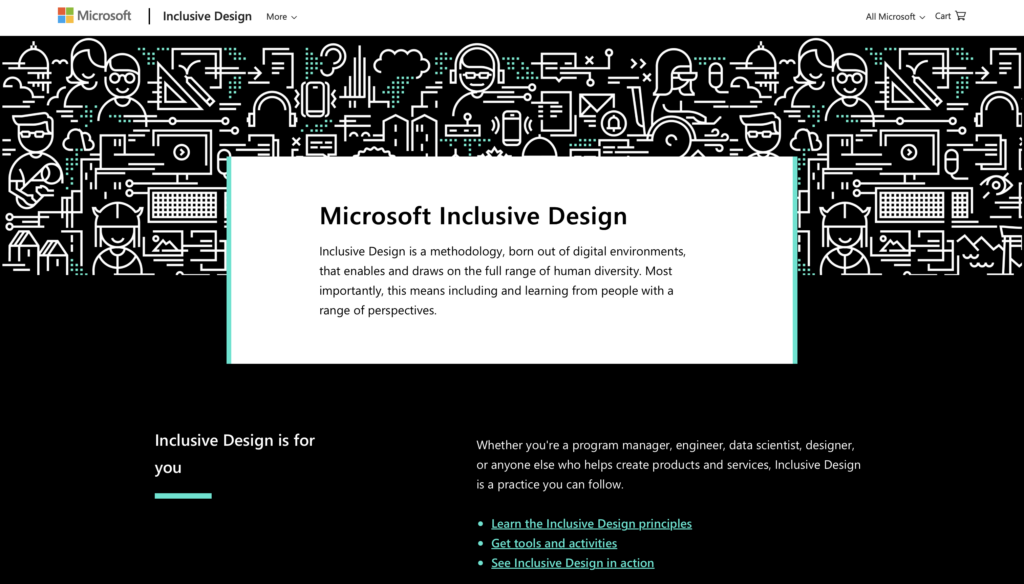
Inclusivity has emerged as a fundamental principle in UX design, emphasizing the importance of designing interfaces that accommodate diverse user needs and preferences. Microsoft’s Inclusive Design Toolkit provides valuable resources and guidelines for designers to create accessible and inclusive experiences for users of all abilities, ages, and cultural backgrounds.
By prioritizing inclusivity, UX designers can create interfaces that are more intuitive, usable, and empowering for all users. As the design industry continues to evolve, inclusive design will play an increasingly crucial role in shaping the future of UX, ensuring that technology remains accessible and inclusive for everyone.
In the ever-evolving field of UX design, staying ahead is paramount for crafting meaningful user experiences. From augmented reality to inclusive design, these trends are reshaping digital interactions. Drawing inspiration from successful implementations like IKEA’s AR app and Netflix’s personalized recommendations, UX designers can create interfaces that not only meet current expectations but also anticipate and adapt to future user needs.
As technology progresses, the landscape of UX design evolves, offering exciting possibilities for innovation and user-centric experiences. By embracing these trends and learning from real-world examples, designers can navigate the dynamic landscape, ensuring their creations remain not just functional but also delightful and transformative. In this perpetual journey, UX designers play the dual role of creators and visionaries, shaping a future where every digital interaction is enriching and user-centric.
